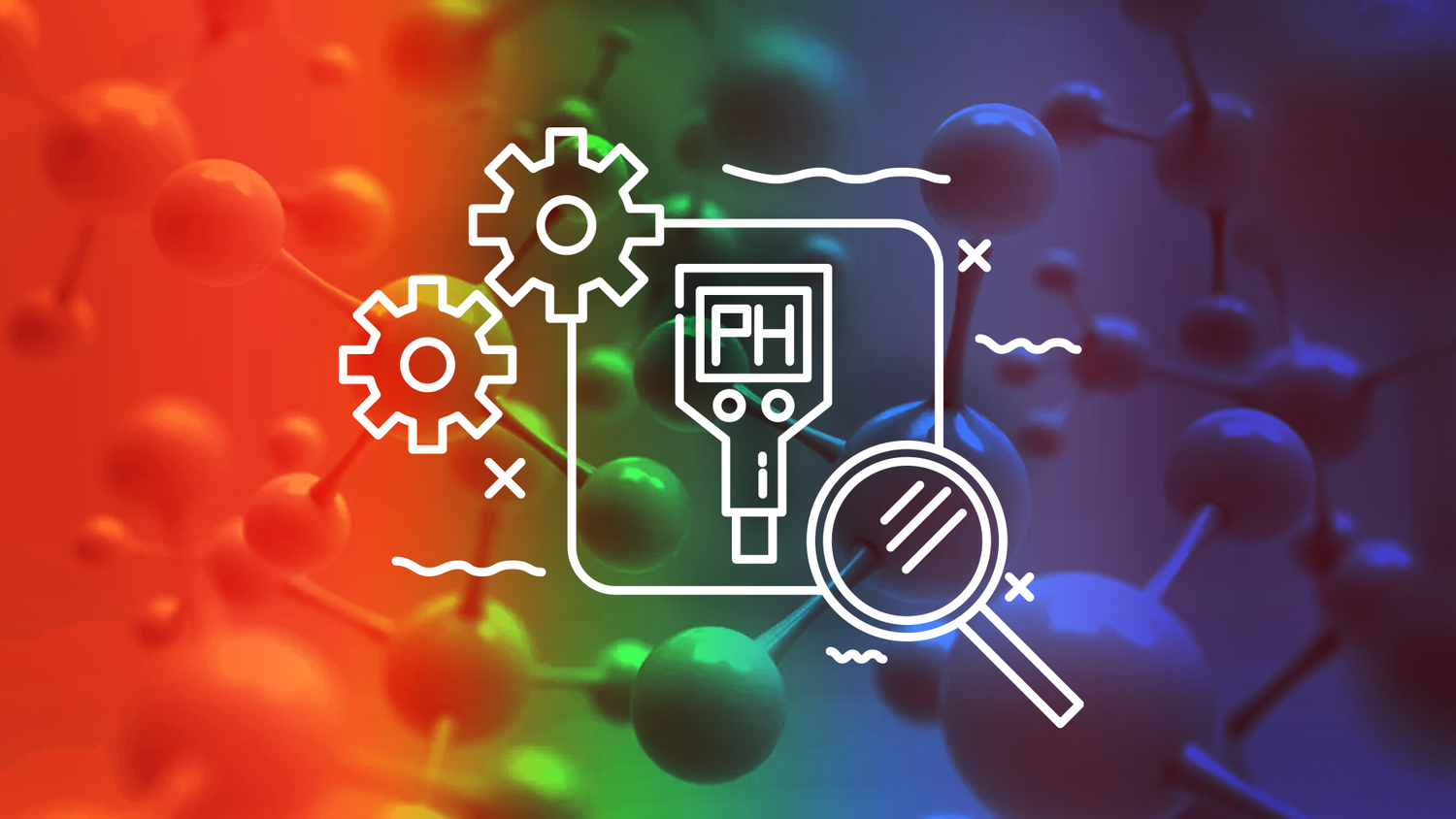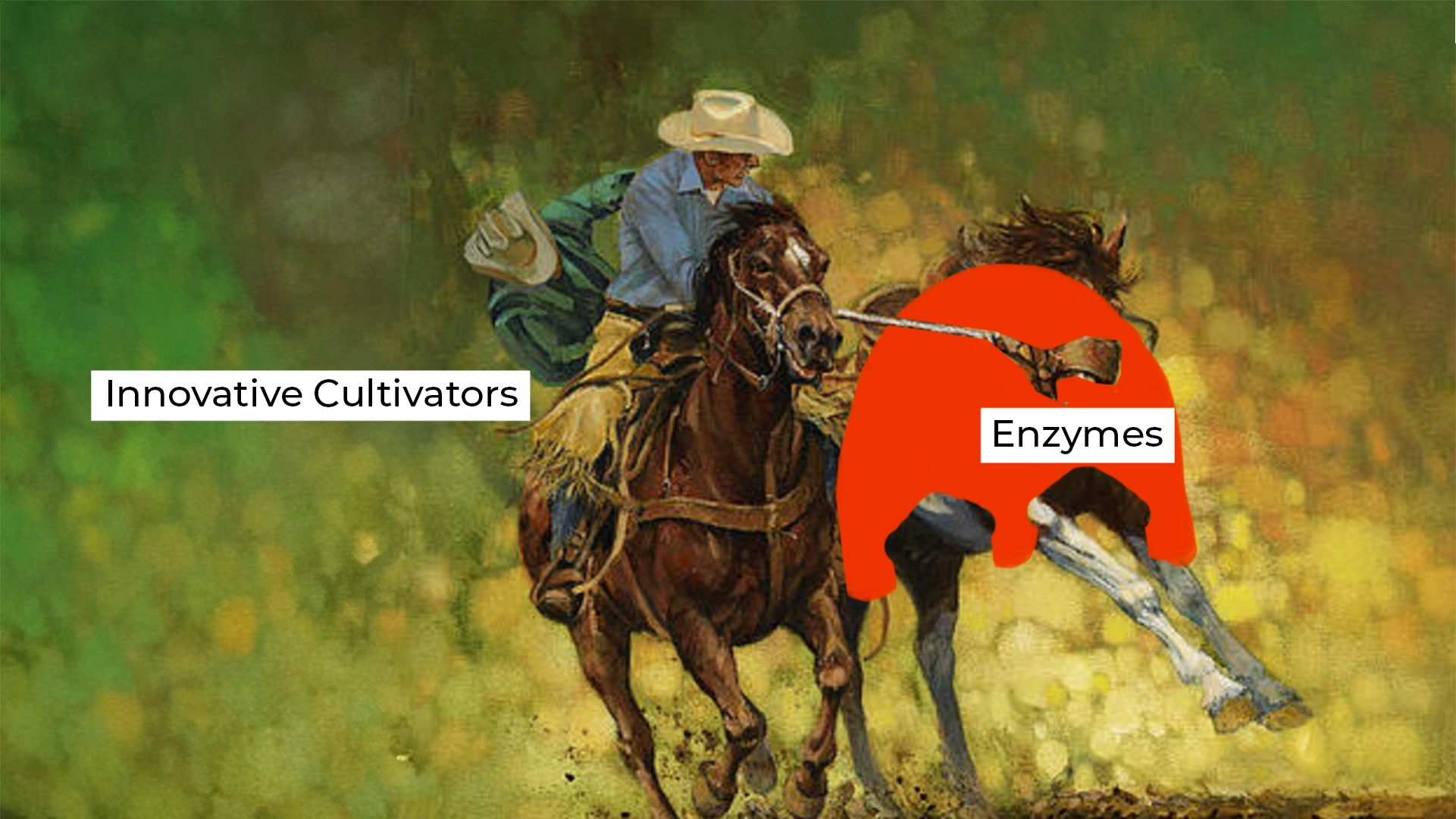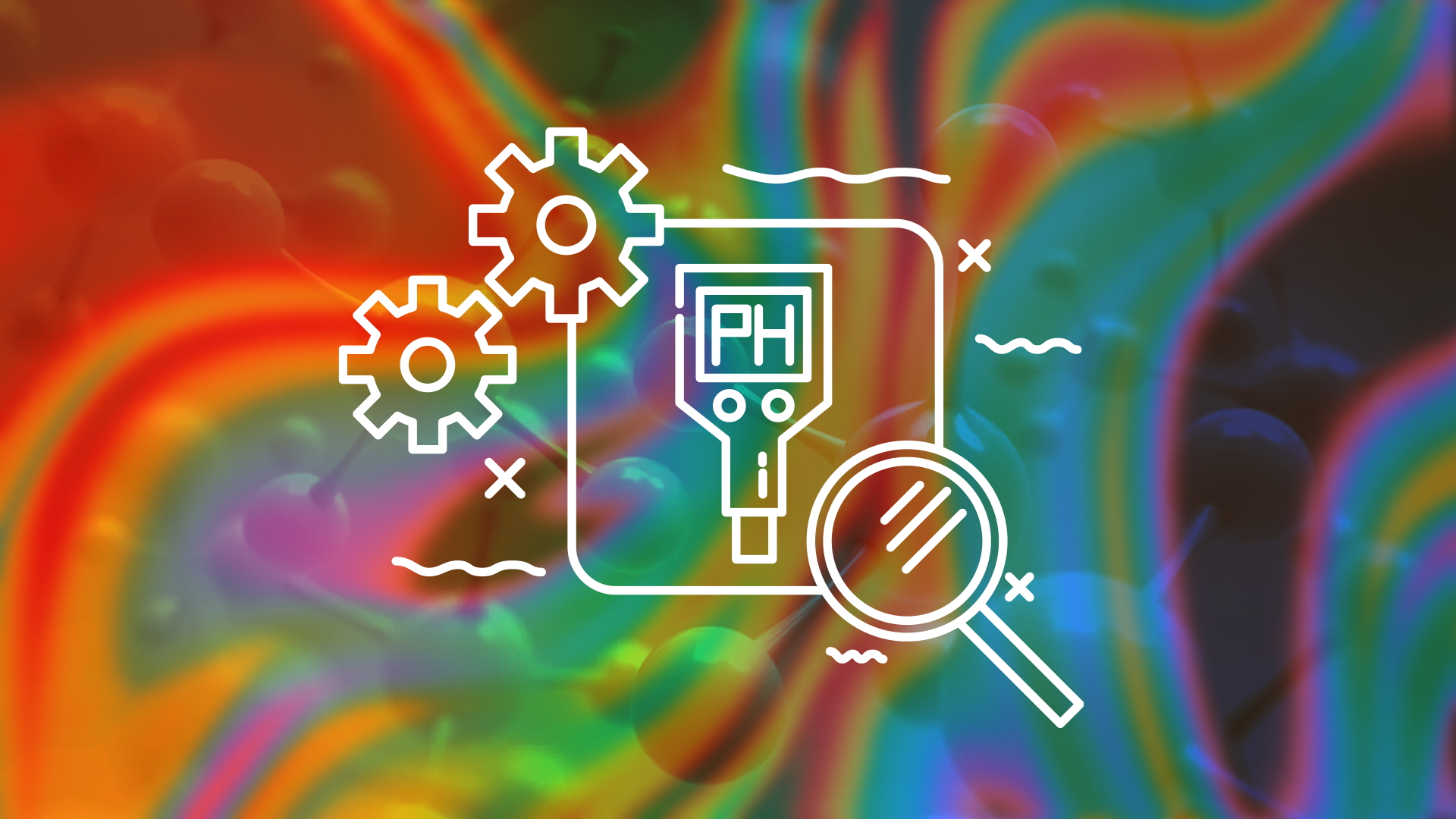Introduction
We all accept the importance of pH in hydroponics as it relates to fertilizer and substrate management, but often ignore the underlying science. Given this fundamental importance of acids and bases in chemistry and their influence on a range of chemical reactions involved in hydroponics, I think a deeper understanding is warranted. This article aims to do this by starting with the chemistry of pH, acids, and bases and building up to the practical implications for cultivation. In part 2 we’ll explore more of the practical implications of this science, and best practices around pH management in hydroponics.
Hydrogen, Hydroxide, and Hydronium Ions
Fundamentally, acids and bases are two types of substances defined by their ability to accept or donate protons (H+ ions). Understanding the dynamics of hydrogen (H) atoms is critical to understanding the nature of acids and bases.
A hydrogen atom (consisting of one proton and one electron) can transform into a positively charged hydrogen ion (H⁺) (a lone proton) in a water-based solution as it loses its electron. However, in such solutions these H⁺ ions do not exist freely; they rapidly associate with water molecules to form hydronium ions (H₃O⁺), which are central to the concept of acidity in water-based solutions.
Acids are substances that donate protons; when dissolved in water they release H+ ions which increases the concentration of hydronium ions, lowering the pH.
Bases are substances that accept protons; when dissolved in water they create hydroxide ions (OH⁻), which cause a decrease in the concentration of hydronium ions, increasing the pH.
A hydroxide ion is formed when a water molecule (H2O) loses a hydrogen ion, leaving an oxygen atom bonded to a hydrogen atom with an additional electron (OH-). This extra electron imparts the hydroxide ion its characteristic negative charge, making it “basic”.
The pH Scale
The pH scale is a logarithmic scale that ranges from 0 (extremely acidic) to 14 (extremely basic) and is used to measure the concentration of H₃O⁺ ions in a solution. The scale operates inversely to the concentration of H₃O⁺ ions: a higher concentration of H₃O⁺ ions results in a lower (more acidic) pH, while a lower concentration of H₃O⁺ ions (or a higher concentration of OH⁻ ions) leads to a higher (more basic) pH. The logarithmic nature of the pH scale means that each unit change represents a 10x change in hydronium ion concentration. For example, a solution with a pH of 5 is ten times more acidic than one with a pH of 6. Neutral pH, a 7 on the scale, indicates an equilibrium between H₃O⁺ and OH⁻ ion concentrations.
Buffering Capacity
The buffering capacity of a solution refers to its resistance to pH changes when an acid or base is added. This property is essential because it stabilizes the nutrient solution, preventing abrupt pH swings. Buffers neutralize added acids or bases through their components, which can either absorb excess H+ ions (when an acid is added) or donate H+ ions (when a base is added). In practice, feed solutions with a higher buffering capacity will require a greater quantity of acids or bases to adjust the solution pH.
pH of the Nutrient Solution
It’s obvious that the pH level of the nutrient solution directly influences plant health and growth if you’ve ever seen the what happens when the pH falls too far out of the ideal range for too long. Most plants prefer a mildly acidic environment, generally between a pH of 5.5 and 6.5. This range is important for both the solubility and availability of key nutrients.
Each nutrient has its own specific pH range for optimal solubility and each plant variety has it’s own preferred pH range for optimal absorption. Additionally, in soil-based substrates where microbial activity is important for rendering nutrients available to the plant, the pH will affect how well the microbes work for different nutrients.
In regards to fertilizer formulation, an alkaline environment will cause many minerals and metals to react and form precipitates. For example, in alkaline solutions iron tends to form insoluble oxides or hydroxides while phosphates tend to bind with cations such as calcium or magnesium. Since these precipitates are unavailable to plants, we prefer slightly acidic fertilizer solutions in our formulations, which enhance solubility and availability.

Don’t take nutrient availability charts like this one too literally.
We’ve all seen charts like this that show the availability of plant nutrients at various pH ranges but it’s important to note that these charts are not specific to hydroponics or generalizable to all plant varieties and substrates. When factoring in plant variety, substrate, chelation, and the necessity (or lack thereof) of microbial activity, it becomes clear that these charts are just showing the optimal ranges for one particular example. If you look at one of these charts, it generally shows that elements like iron, manganese, boron, copper, and zinc are most available between a pH of 5.5 and 5.8, while nitrogen, potassium, phosphorus, sulfur, calcium, and magnesium are best absorbed in a pH range of 6.0 to 6.5. This is fine to illustrate the general idea of nutrients working best at different pH ranges, but don’t take them as reflecting the literal best range for your particular facility.
Nutrients can be accessed outside of their optimal ranges but are at risk of becoming unavailable if the pH drifts too far. For most hydroponic substrates the best range for maximum nutrient availability is 5.8 to 6.2. Above a pH of 6.5, some nutrients can start to precipitate out of the solution, making them unavailable to plants.
Regular monitoring and adjustment of the pH maintains this balance, ensuring that plants have consistent access to all necessary nutrients. An optimal pH not only prevents nutrient deficiencies and insolubility, but also prevents toxicities, maximizing overall nutrient absorption and plant health.
In part 2 we’ll examine some of the practical application and best practices for pH management including:
- How does nutrient absorption affect substrate pH?
- What are the pros and cons of different acids?
- What are the pros and cons of different bases?
- What are the best practices for establishing your pH adjustment needs?




